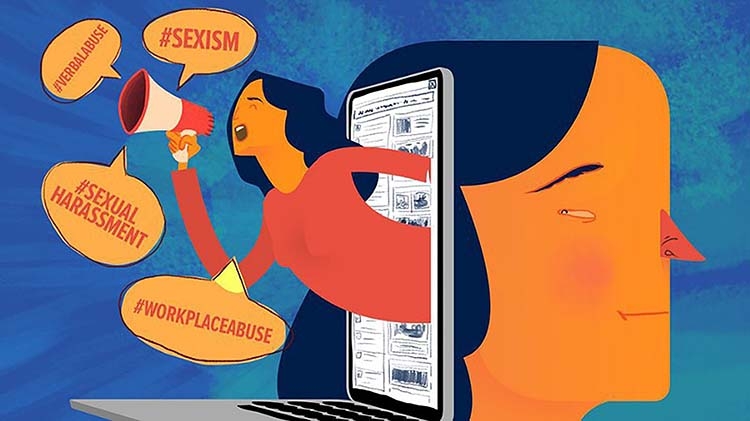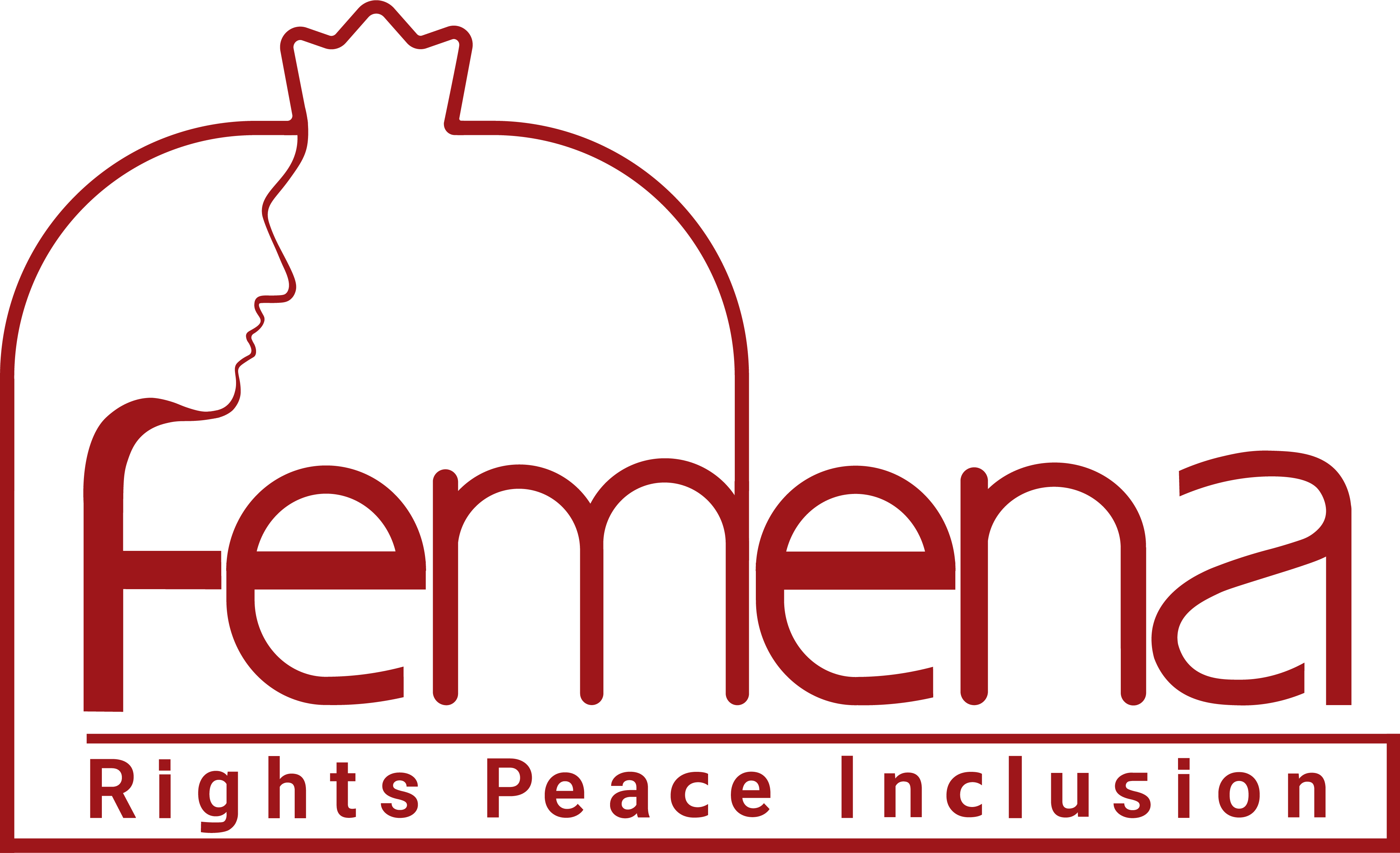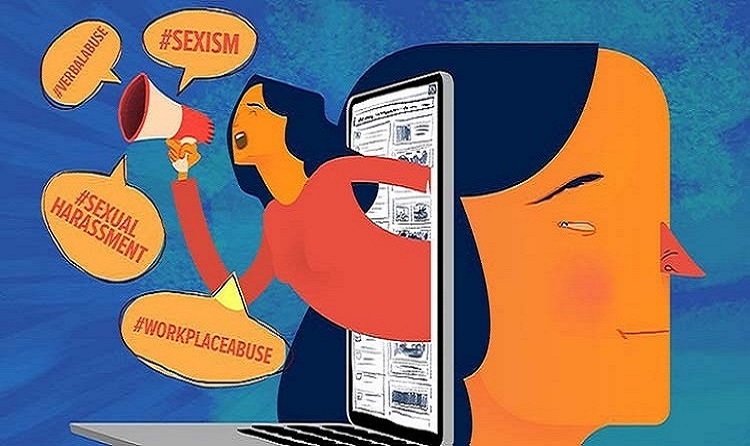
Author: Yara WHRD Center
Online gendered violence is a pervasive global phenomenon that – following the advancement of technology and the development of social networking platforms – has affected the activism of human rights defenders (especially women and sexual/gender minorities) worldwide, including in Iran. Despite the extent of such widespread violence, its effects and consequences are still trivialized. The effects are considered insignificant and limited to the “virtual world”, as if these attacks have no impact on the real lives of human rights activists or are completely separated from violence in the real world. Public discourse tends to dissociate between online harassment and physical and sexual violence against women. This can lead to ignoring its significance, while online sexism and sexual harassment is the continuation of other forms of violence against women in real spaces and requires attention and affirmative solutions and actions. Digital violence arises from and reproduces the same social norms and structural discriminations that lead to and sustain women’s inferiority.
According to the findings of a United Nations report, women are harassed online 27 times more often than men, and 73% of women have experienced online violence. In addition, violence against women can start from cyberspace and eventually lead to real and physical violence (or vice versa). Women’s rights organizations report that there is a clear and meaningful relationship between online and offline violence. 1 out of every 5 women live in countries that lack effective deterrent laws to deal with gender-based violence, and these cyberattacks are generally not being prosecuted. The United Nations recognizes the harm of virtual violence and emphasizes that confronting and preventing it should have the same level of significance as non-virtual violence.
Online violence as a tool to intimidate human rights defenders
As the presence and political participation of women in the virtual space grow, online sexual/gender violence is increasingly used as a tool of pressure and intimidation against them. In 2018, The United Nations High Commissioner for Human Rights announced in a statement: “These new forms of harassment, intimidation and defamation are shockingly frequent, frequently terrifying, and often spill over into the real world. Death threats, threats of sexual and gender-based violence, and online defamation and disinformation campaigns – often of a sexualized nature, and often including the victim’s real-life addresses – are used to torment and terrorize women who speak out. The vast and transnational connectivity of the Internet enables rapid and massive dissemination of slander, mobilizing very large groups of hostile individuals across broad distances, hiding behind anonymous profiles. It also makes removing the false or violent content extremely challenging.”
The statement continues: “Mexican activists involved in sexual and reproductive rights have reportedly been targeted by death threats, harassment in public spaces, and acts of intimidation, including against their children. In Vietnam, following a series of online attacks, environmental activist Le My Hanh was physically attacked last year, with the video of the attack further disseminated on social media. In India, Gauri Lankesh, a journalist who published criticism of Hindu extremism, was killed last year following widespread online calls for violence against her; and her colleague Rana Ayyub has been subjected to thousands of hate-filled messages, including calls for her to be gang-raped and murdered, with dissemination of her phone number and home address.”
Impacts and Consequences of online sexist/sexual attacks
The purpose of these attacks is to silence women. Online campaigns against women human rights defenders and organizations aim to damage their credibility as advocates, to diminish or obliterate the power of their voices, and to restrict the (already limited) public space in which women’s activists can mobilize and make a difference. In addition, these attacks have severe psychological consequences for mental and physical health. Many women who have experienced online violence have reported feelings of anxiety, fear, etc. Violent virtual attacks may disrupt the victim’s everyday life by imposing sleep and eating disorders. Moreover, the publication of malicious lies, intimate and sexually explicit images, and personal information of female activists in conservative and patriarchal societies may also expose them to more long-term traumas and harms, including social rejection and isolation.
In a survey of eight countries, Amnesty International found at least 41% of women who had been abused online feared for their physical safety, and 24% feared for their family’s safety, since online mobs who attack women often issue detailed and graphic threats against their children. Moreover, these attacks are extremely frequent and widespread. In 2014, the EU Fundamental Rights Agency found nearly a quarter of women surveyed had experienced online harassment.
In these attacks, the damage to victims’ right to privacy, to freedom of expression, and to full participation in economic, social, cultural, and political affairs is evident. These forms of intimidation and violence may also cripple the work of women’s networks, specifically in repressive environments that activists often use online platforms as their key form of communication and mobilization. Cyberspace activism is vital for women’s rights movement in countries like Iran, but the effects of online attacks, in complicity with most oppressive governments, are still compounded by the near-total impunity enjoyed by perpetrators.
Sources:
- https://www.ohchr.org/en/statements/2018/06/impact-online-violence-women-human-rights-defenders-and-womens-organisations
- https://euromedrights.org/wp-content/uploads/2021/05/Online-Gender-Violence-Report.pdf
- https://www.ohchr.org/en/documents/thematic-reports/ahrc3847-report-special-rapporteur-violence-against-women-its-causes-and


